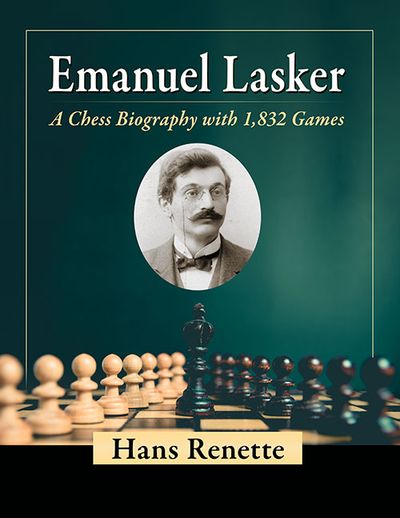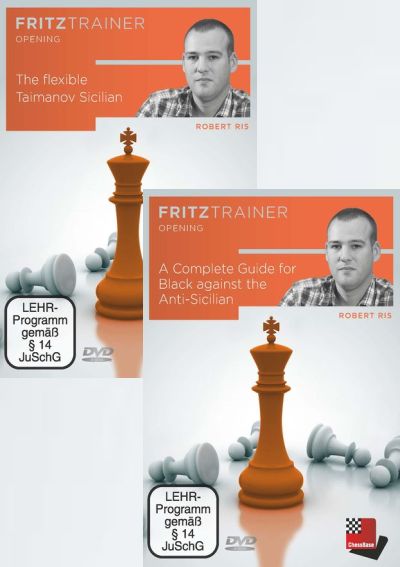- 1 x American Chess Magazine Issue 40 - Midwest to Mediterranean
- 1 x Gideon Stahlberg - An Epoch in Swedish Chess, Volume I
- 1 x New In Chess Magazine 2024/5
- 1 x 1.d4 – Beat the Guerrillas!
- 1 x Schaakklokken: DGT1500 Grijs
- 1 x 100 Tactical Patterns You Must Know
- 1 x The Two-Move Chess Problem
- 1 x Typical King's Indian
- 1 x A Classical Guide to the French Defence
- 1 x 10 Great Ways to Get Better at Chess
- 1 x 365 x Schachtaktik für Experten
- 1 x ChessBase Magazine 221 (+DVD)
- 1 x Endgame Studies
- 1 x A nightmare for the Najdorf
- 1 x A Cutting-Edge Gambit against the Queen’s Indian
- 1 x The 100 Tactical Patterns You Must Know Workbook
- 1 x Emanuel Lasker - A Chess Biography
- 1 x FIDE President Folke Rogard
- 1 x 2x Fabiano Caruana
- 1 x Alexander Alekhine’s Chess Games, 1902–1946
- 1 x Typisch Königsindisch
- 1 x Schaakklokken: DGT1500 Blauw
- 1 x A Gambit Guide through the Open Game Vol. 1 + 2
- 1 x A Practical White Repertoire with 1.d4 and 2.c4, vol. 1+2+3
- 1 x A Modern Approach against the Sicilian, Vol. 1 + 2
- 1 x A Complete Opening Repertoire for Black - Volume 1 + 2
- 1 x The Real Paul Morphy (Hardcover)
933.58€
Categorieën
Snelzoeken


